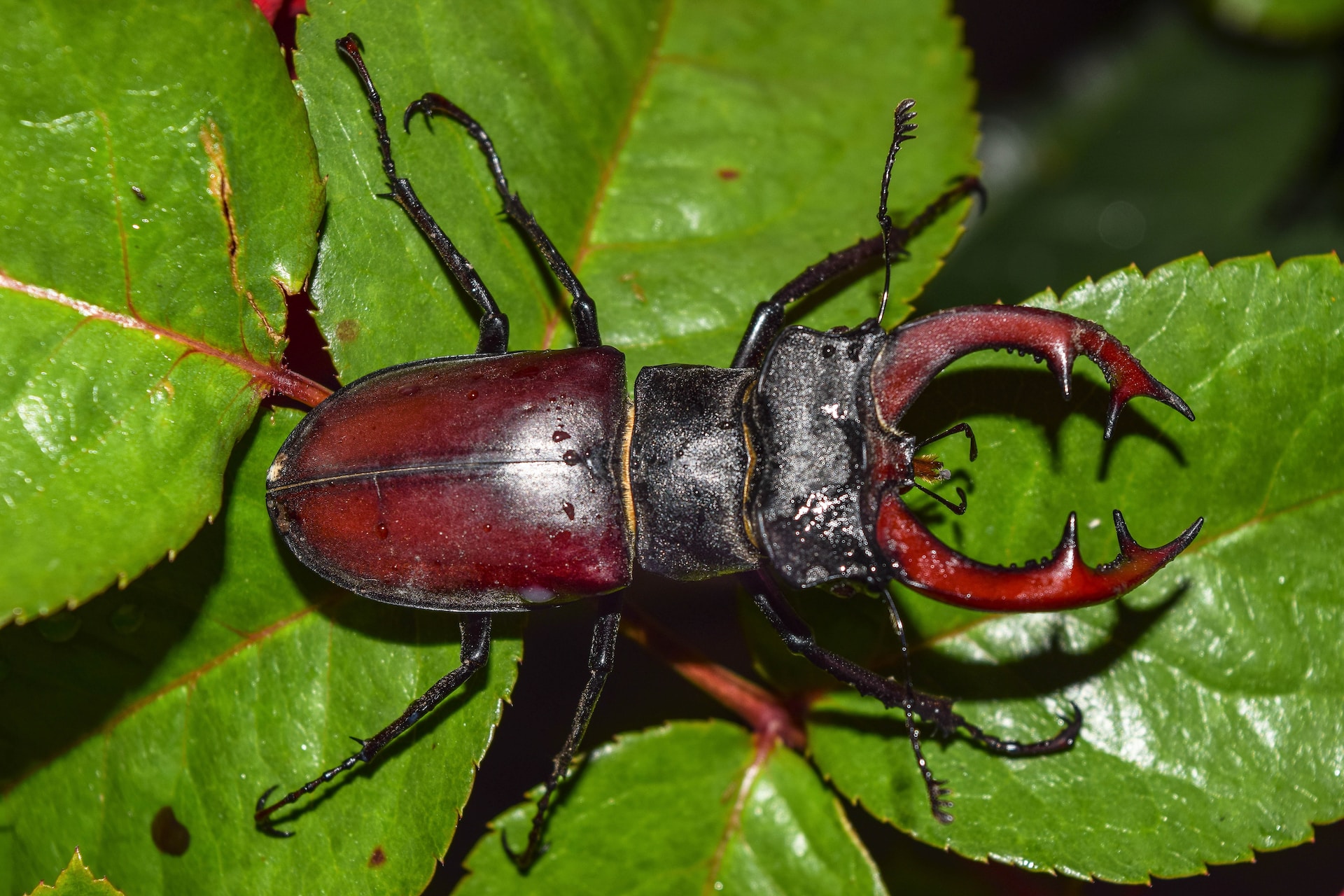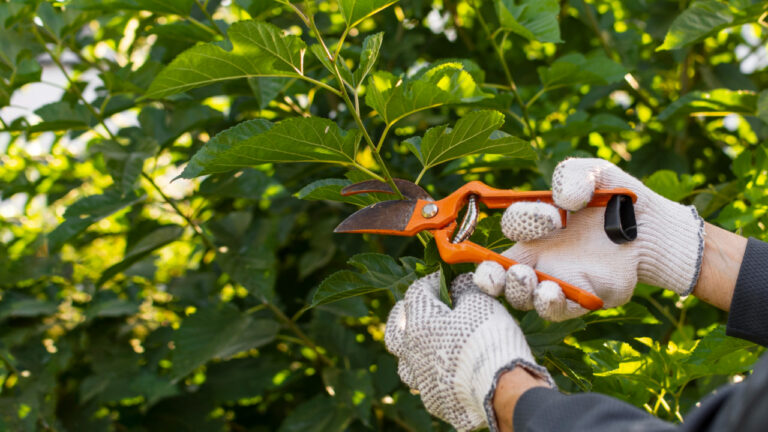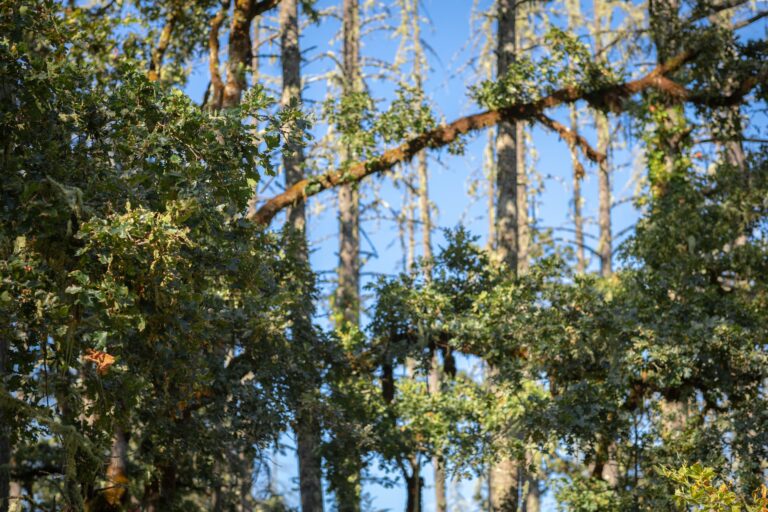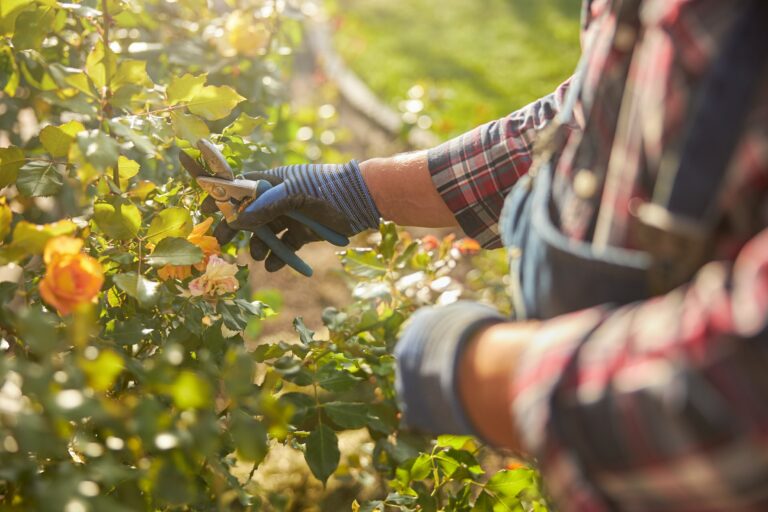5 Common Tree Pests in Rock Hill, SC: Identification and Natural Prevention Tips
All too often, homeowners in Rock Hill, South Carolina may find themselves facing unwelcome tree pests that can negatively impact the health and beauty of their landscape. Identifying these pests early and taking natural preventative measures can significantly reduce the risk of infestations and ensure your trees remain healthy and thriving. In this informative listicle, we will introduce you to five of the most common tree pests in the Rock Hill area, along with practical guidance for identifying and preventing infestations using natural methods. Our aim is to empower you with the knowledge necessary to safeguard your trees and minimize ongoing pest issues. With this essential information, you can enjoy a more sustainable and visually appealing outdoor environment, while preserving the longevity and health of your trees.
1. Eastern Tent Caterpillar
The Eastern Tent Caterpillar (Malacosoma americanum) is an invasive species known for its distinctive silken tents built in the branch crotches of trees, primarily targeting cherry, apple, and crabapple trees. These caterpillars can defoliate large sections of a tree’s foliage, impacting overall health and growth.
Identification: Eastern Tent Caterpillars are about two inches in length, black-bodied with white and yellow markings and a row of blue spots along their sides (source: [http://entnemdept.ufl.edu/creatures/orn/trees/eastern_tent_caterpillar.htm](http://entnemdept.ufl.edu/creatures/orn/trees/eastern_tent_caterpillar.htm)).
Natural Prevention: To reduce the risk of infestation, monitor your trees for visible egg masses around late winter to early spring. Manually remove and destroy tent formations and consider incorporating natural predators such as birds and beneficial insects into your landscape design.
2. Emerald Ash Borer
The Emerald Ash Borer (Agrilus planipennis) is an invasive beetle native to Asia, responsible for the widespread destruction of ash trees throughout the United States. Adult beetles bore holes into the bark of ash trees, while their larvae feed on the tree’s tissues beneath the bark.
Identification: Bright metallic green in color, adult beetles are approximately ½-inch long. Signs of infestation include small, D-shaped exit holes on the tree’s bark, crown dieback, and increased woodpecker activity.
Natural Prevention: Regularly inspect your ash trees for signs of infestation and maintain good tree health to prevent stressors that attract the beetles. If detected, biological control agents such as parasitic wasps may be used to help manage Emerald Ash Borer populations.
3. Pine Bark Beetles
Pine Bark Beetles (Ips spp.) are native species to the southeast and target stressed or weakened pine trees. These beetles are known for their destructive habits, as their feeding activity interrupts the tree’s nutrient flow and introduces blue stain fungus, ultimately killing the tree if not managed properly.
Identification: Pine Bark Beetles are reddish-brown to black and subcylindrical, ranging from ⅛ to ⅓-inch in length. Signs of infestation include sawdust-like boring dust around the tree base and pitch tubes on the bark.
Natural Prevention: Healthy trees are less susceptible to Pine Bark Beetle infestations, so prioritize proper irrigation, mulching, and pruning as preventative measures. If a tree is infested, consider applying beneficial nematodes or removing infested trees to prevent the spread of beetles to other trees.
4. Aphids
Aphids are small, soft-bodied insects that infest a wide variety of trees and plants. They feed on plant sap, which stresses the tree and can lead to curled or yellowed foliage and reduced growth.
Identification: Aphids vary in color, including green, yellow, brown, red, and black, and are typically less than ⅛-inch long. They are commonly found clustered on the undersides of leaves.
Natural Prevention: Encourage the presence of natural predators, such as ladybugs and parasitic wasps, by installing birdhouses and planting native flowers. Additionally, spraying a forceful stream of water on affected tree parts can physically dislodge aphids, reducing their numbers without chemical intervention.
5. Bagworms
Bagworms (Thyridopteryx ephemeraeformis) are voracious pests that primarily attack conifers, such as junipers and spruces, but can also infest deciduous trees. The caterpillars construct spindle-shaped bags using tree foliage, where they live and feed, eventually defoliating and killing the tree.
Identification: Bagworms are easily identified by their distinctive cocoons, which resemble small pine cones or other natural foliage native to the infested tree species.
Natural Prevention: Handpick and destroy bags in late fall or winter before eggs hatch in the spring. Introduce natural predators such as parasitic wasps or insect-eating birds into your landscape to help naturally control bagworm populations.
Maintaining the health and vitality of your trees requires both proactive maintenance and vigilance in early detection and treatment of pest infestations. By familiarizing yourself with the pests common to Rock Hill, South Carolina, and implementing natural prevention methods, you can enjoy a thriving outdoor environment showcasing your healthy, robust trees.
Partner with Niwaki Tree & Shrub for Expert Pest Management and Tree Care
Being proactive and implementing natural preventative measures are crucial in safeguarding your trees from common pests found in Rock Hill, South Carolina. Pest identification, early intervention, and promoting a landscape that supports natural predators can go a long way in preserving the health and beauty of your trees.
For the ultimate peace of mind, consult with the certified arborists at Niwaki Tree & Shrub. Our experienced team offers tailored tree care solutions, including pest identification, intervention, and maintenance services, ensuring the long-term well-being of your landscape. Contact us today to schedule a consultation and learn how we can help you manage and prevent tree pest infestations, keeping your outdoor environment healthy and thriving for years to come.







